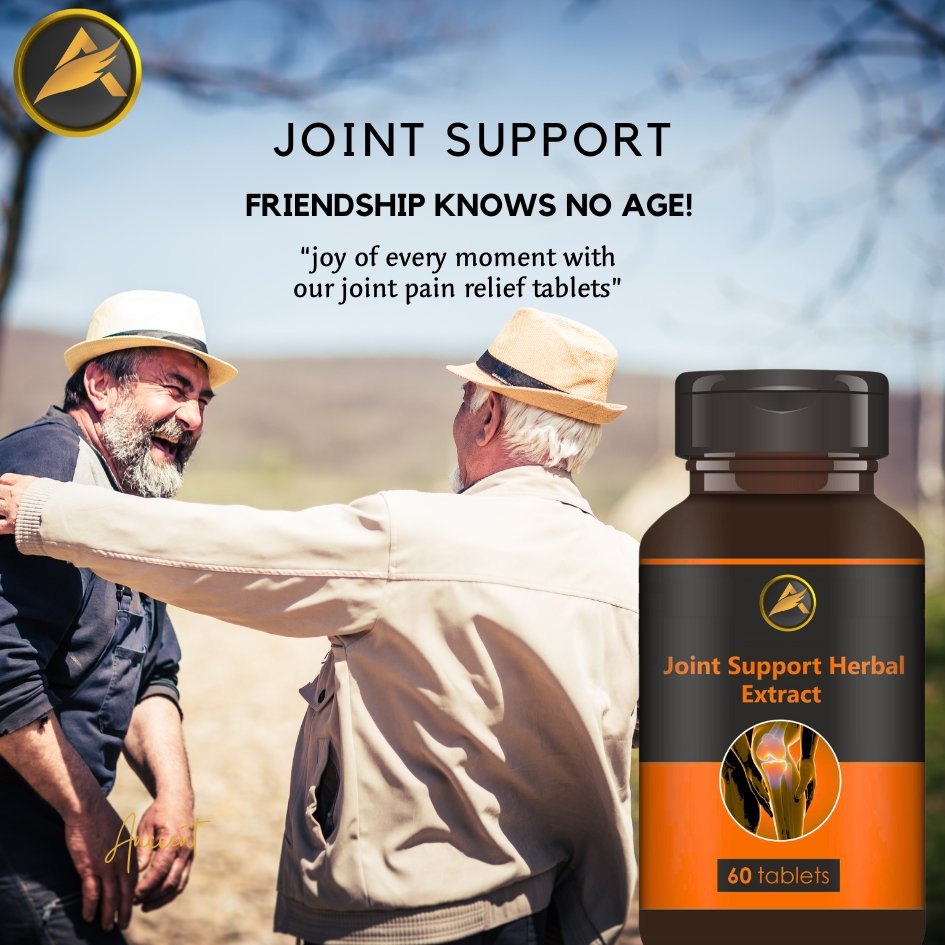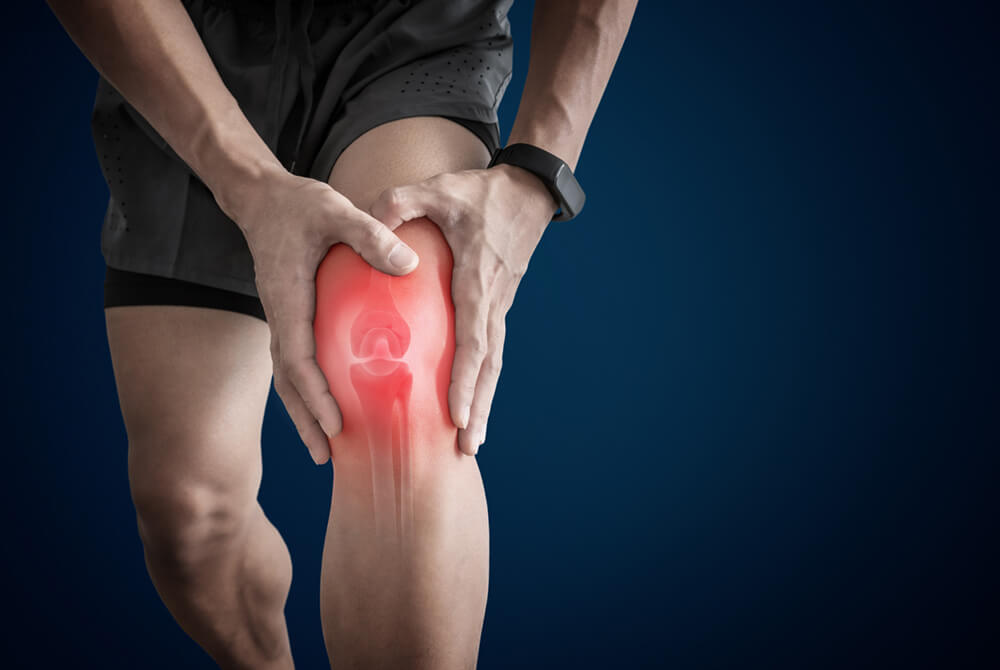Joint pain is a common ailment that can affect people of all ages. Whether it’s caused by aging, injury, or underlying medical conditions, finding relief from joint pain is a top priority for many individuals. While there are numerous modern treatments available, sometimes the ancient wisdom of traditional medicine can offer effective solutions as well. In this article, we will explore some ancient lifesciences that have been used for centuries to alleviate joint pain.
Joint pain – it’s a universal language understood by every creak, groan, and wince. It can hinder your daily life, stealing the joy from simple movements and the peace from restful nights. But before you reach for the nearest bottle of painkillers, take a journey through time and explore the wisdom of ancient lifescineces. For within their pages lie natural remedies that have soothed aching joints for centuries, offering gentle yet effective paths to relief.

Unveiling the Ancient Arsenal:
- Ayurveda: This Indian science of life emphasizes balance and harmony. Joint pain is attributed to imbalances in doshas (energies), particularly Vata, which governs movement and dryness. Herbal concoctions like Guggulu and Ashwagandha, along with warm oil massages, aim to restore balance and reduce inflammation.
- Traditional Chinese Medicine (TCM): TCM views the body as a network of energy channels. Joint pain arises from blockages in these channels, often due to dampness or cold. Acupuncture and acupressure target specific points to unblock these channels, promoting Qi (vital energy) flow and pain relief.
- Greek & Roman Medicine: Hippocrates, the father of medicine, advocated for rest, heat therapy, and herbal compresses for joint pain. Roman physicians like Galen built upon this, utilizing willow bark (the precursor to aspirin) and warm baths to combat aches.
- Explore the ancient lifesciences of Ayurveda, Traditional Chinese Medicine, yoga, and meditation for holistic approaches to joint pain relief. Incorporate these ancient practices into your daily routine to provide the relief you’ve been seeking. Consult with a healthcare professional before starting any new treatment.
Beyond the Past: Embracing Ancient Wisdom in the Modern World:
The insights of these ancient systems are finding renewed relevance in today’s world. Modern research is validating the effectiveness of many herbal remedies, with turmeric’s curcumin being a prime example for its anti-inflammatory properties. Yoga and tai chi, inspired by ancient practices, offer gentle exercise and mind-body connection, improving flexibility and reducing pain.
A Practical Guide to Ancient Joint Pain Relief:
1. Listen to Your Body: Rest is crucial, but gentle movement can also promote joint health. Yoga, tai chi, and swimming are low-impact options.
2. Embrace the Power of Plants: Turmeric, ginger, and boswellia have anti-inflammatory properties. Consult a healthcare professional for safe dosing and potential interactions with medication.
3. Warmth Works Wonders: Applying heat packs or taking warm baths can loosen tight muscles and ease pain.
4. Mind Over Matter: Meditation and mindfulness practices can help manage pain perception and improve overall well-being.
Remember: While ancient lifesciences offer valuable tools, it’s crucial to consult a healthcare professional for diagnosis and guidance, especially if pain is severe or persistent.
Ayurveda: The Science of Life
Ayurveda, the ancient Indian system of medicine, has been practiced for thousands of years and offers a holistic approach to health and well-being. According to Ayurveda, joint pain is caused by an imbalance in the body’s doshas, or energy forces. To restore balance, Ayurvedic practitioners recommend a combination of dietary changes, herbal remedies, and lifestyle modifications.
One popular Ayurvedic remedy for joint pain is turmeric. This vibrant yellow spice contains a compound called curcumin, which has anti-inflammatory properties. Incorporating turmeric into your diet or taking it as a supplement may help reduce joint pain and inflammation.
Another Ayurvedic herb that is often used for joint pain relief is Boswellia. Also known as Indian frankincense, Boswellia has been traditionally used to support joint health and reduce inflammation. It can be taken in the form of a supplement or applied topically as an oil or cream.
Traditional Chinese Medicine: Balance and Harmony
Traditional Chinese Medicine (TCM) is another ancient healing system that focuses on restoring balance and harmony in the body. According to TCM, joint pain is often attributed to an imbalance in the flow of Qi, or vital energy. To address joint pain, TCM practitioners may recommend acupuncture, herbal remedies, and lifestyle adjustments.
One popular herb in TCM for joint pain relief is Eucommia bark. Eucommia is believed to strengthen the bones and tendons, making it a valuable herb for those suffering from joint pain. It can be consumed as a tea or taken in the form of a supplement.
Another TCM remedy for joint pain is acupuncture. This ancient practice involves the insertion of thin needles into specific points on the body to stimulate the flow of Qi and promote healing. Many people find acupuncture to be a relaxing and effective treatment for joint pain.
Yoga and Meditation: Mind-Body Connection
Yoga and meditation are ancient practices that have been used for centuries to promote physical and mental well-being. When it comes to joint pain relief, these practices can help improve flexibility, strengthen muscles, and reduce stress.
Yoga poses such as the downward-facing dog, child’s pose, and cat-cow can help stretch and strengthen the muscles around the joints, providing relief from pain and stiffness. Meditation, on the other hand, can help calm the mind and reduce stress, which can contribute to joint pain.
While modern medicine has made significant advancements in the treatment of joint pain, it’s worth exploring the ancient lifescineces that have stood the test of time. Ayurveda, Traditional Chinese Medicine, yoga, and meditation offer holistic approaches to joint pain relief that focus on restoring balance and harmony in the body. Incorporating these ancient practices into your daily routine may provide the relief you’ve been seeking. As always, it’s important to consult with a healthcare professional before starting any new treatment.
In the realm of wellness, finding natural solutions for joint pain has become increasingly crucial. Individuals seeking relief often explore various alternatives, and one promising avenue that has gained attention is Ancient Lifesciences. Let’s delve into this ancient wisdom and discover how it can be a game-changer for those grappling with joint discomfort.
Harnessing Ancient Wisdom: A Spotlight on Lifesciences
Understanding the Essence of Ancient Lifesciences
Ancient Lifesciences, rooted in time-tested traditions, offers a holistic approach to wellness. It seamlessly integrates herbal remedies, traditional practices, and natural elements to address various health concerns, including joint pain.
Navigating the Rich Tapestry of Natural Ingredients
One key aspect of Ancient Lifesciences is the utilization of potent natural ingredients. From turmeric and ginger to Boswellia serrata, these elements have demonstrated anti-inflammatory properties, making them valuable allies in the fight against joint discomfort.
Unlocking the Benefits: Joint Pain Relief Explored
Targeted Relief without Side Effects
Unlike conventional medications that may come with undesirable side effects, Ancient Lifesciences provides a natural alternative. It targets joint pain without compromising overall well-being, offering a gentler yet effective solution.
Holistic Approach to Joint Health
Beyond mere symptom relief, Ancient Lifesciences focuses on holistic joint health. By addressing the root causes of pain and inflammation, it promotes long-term well-being, empowering individuals to lead active and fulfilling lives.
Embracing Ancient Lifesciences: A Call to Action
Incorporating Lifesciences into Your Routine
For those yearning for sustainable joint pain relief, integrating Ancient Lifesciences into your daily routine can be transformative. Whether through herbal supplements, dietary adjustments, or mindful practices, the journey to improved joint health begins with a simple step.
Testimonials: Real Stories of Relief
Witnessing the transformative power of Ancient Lifesciences is best illustrated through real-life testimonials. Individuals who have embraced this ancient wisdom share stories of renewed mobility, reduced discomfort, and an overall improvement in their quality of life.
Final Thoughts: A Future of Pain-Free Living
Ancient Lifesciences emerges as a beacon of hope for those seeking effective and natural joint pain relief. By blending the wisdom of the past with modern understanding, it opens doors to a future where individuals can embrace a pain-free, active lifestyle.
As you embark on your journey toward joint health, consider the invaluable insights offered by Ancient Lifesciences. Embrace the power of nature and ancient wisdom, and let it pave the way for a life free from the constraints of joint pain.
Joint pain may be a common foe, but it doesn’t have to be a lifelong adversary. By embracing the wisdom of ancient lifesciences and incorporating their practices into your life, you can find natural paths to relief, rediscover the joy of movement, and reclaim the peace of a pain-free life. So, embark on this journey through time, unlock the secrets of the past, and conquer the ache, one mindful step at a time.
FAQs:
Q: Are ancient remedies safe?
A: While generally safe, consult a healthcare professional to ensure compatibility with any existing medications or conditions. Start with low doses and monitor for any adverse effects.
Q: Can ancient practices cure joint pain?
A: While they can manage pain and improve joint health, they alone may not “cure” all cases. A holistic approach, including modern medical interventions if necessary, is recommended.
Q: Where can I learn more about ancient lifesciences for joint pain?
A: Consider consulting qualified practitioners or researching reputable sources like Ayurveda and TCM websites and books. Remember, self-diagnosis and treatment are not advised.


